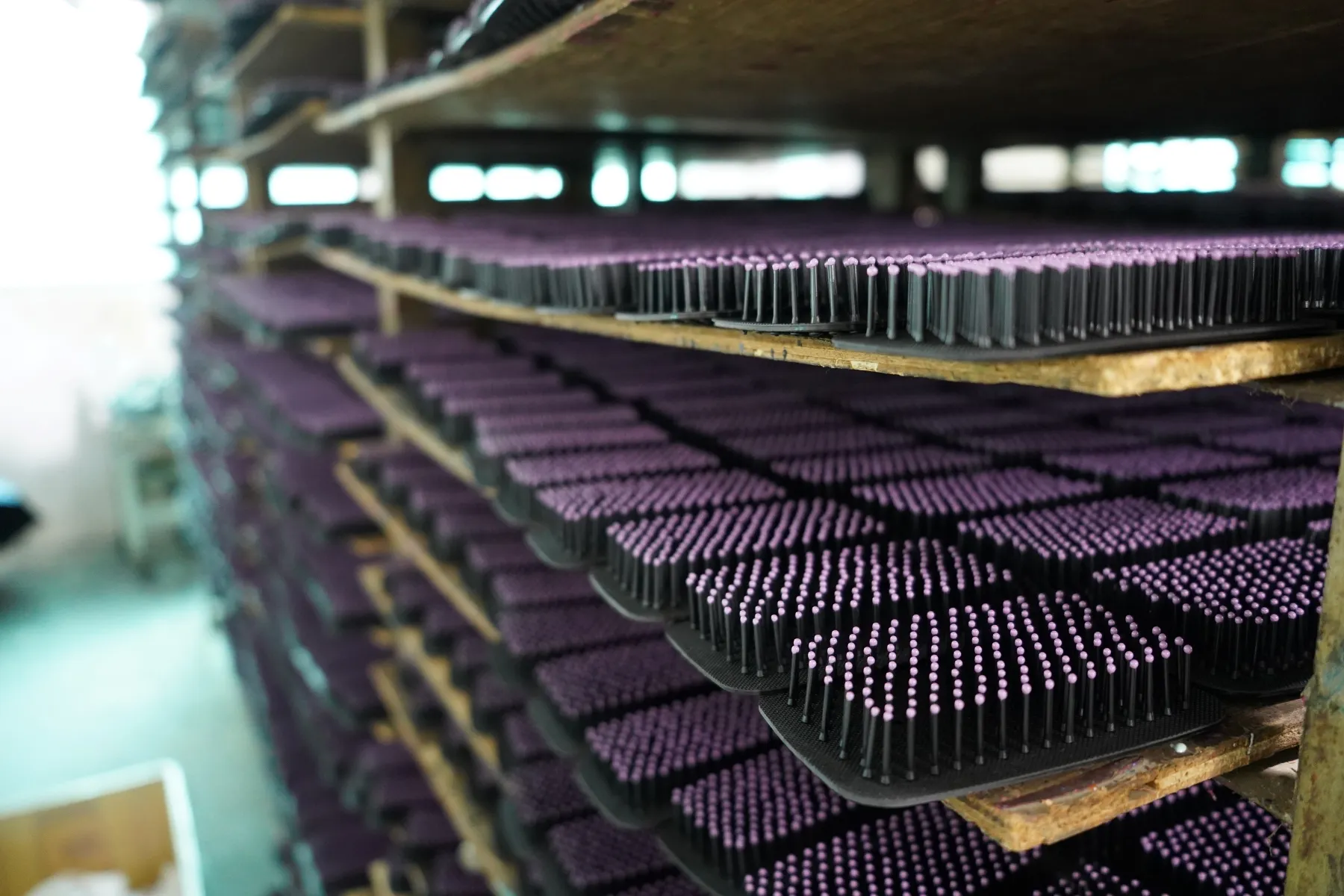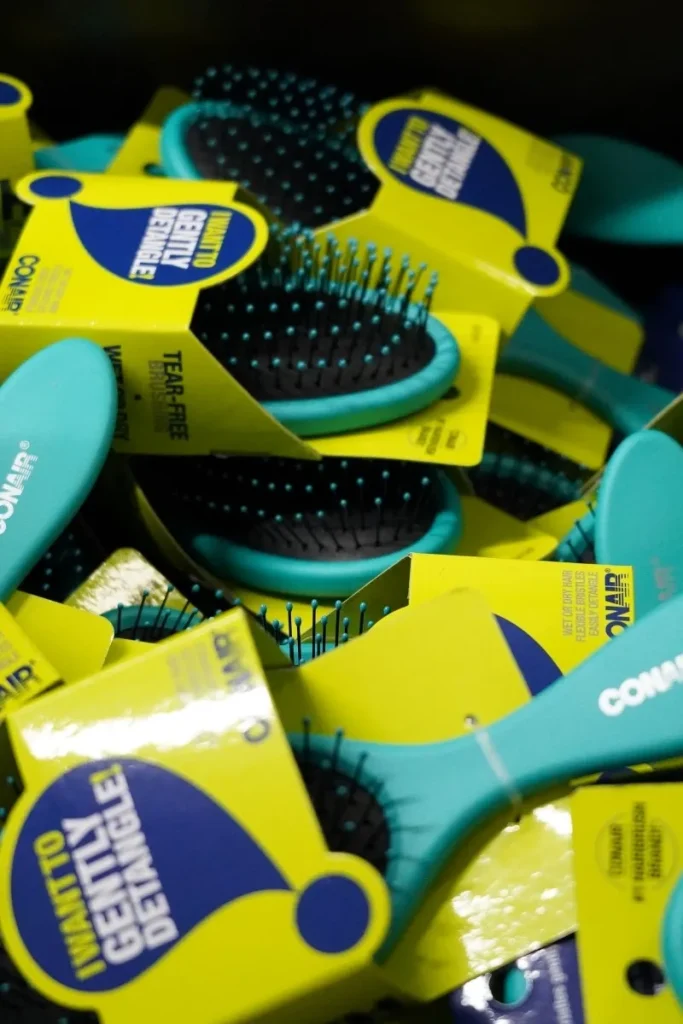The right comb for your hair type isn’t a detail — it’s how to have healthier, better looking hair. In this guide we’ll be showing you how to choose the right comb for your hair type, texture and needs. Wide tooth combs to boar bristles, you’ll learn all the practical tips and hard facts to help you make the best pick for your daily hair care.
Why Choosing the Right Comb Matters?
More than you think, choosing the right comb matters. Using the wrong one can result in breakage, split ends or even traction alopecia overtime. If you have the right comb, you will have less hair loss, less tangling and healthier scalp circulation. You’ll also see better shine and manageability. Don’t just pick any tool—your comb should match your hair type. A small change that makes a big difference in your daily hair care routine.
Understanding Hair Types
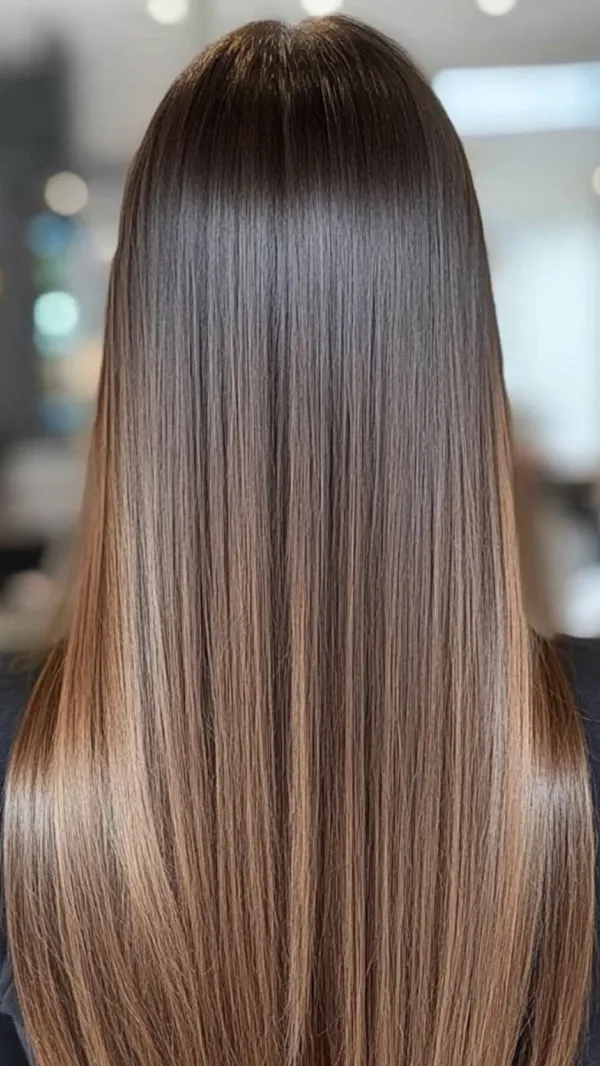
Straight Hair
Fine or thick straight hair lies flat. Straight hair tends to get oily quickly and doesn’t have much volume. You may also have trouble tangling. If you have thick straight hair, it will feel heavier and your ends may knot. Both types need to be carefully detangled to avoid damage.
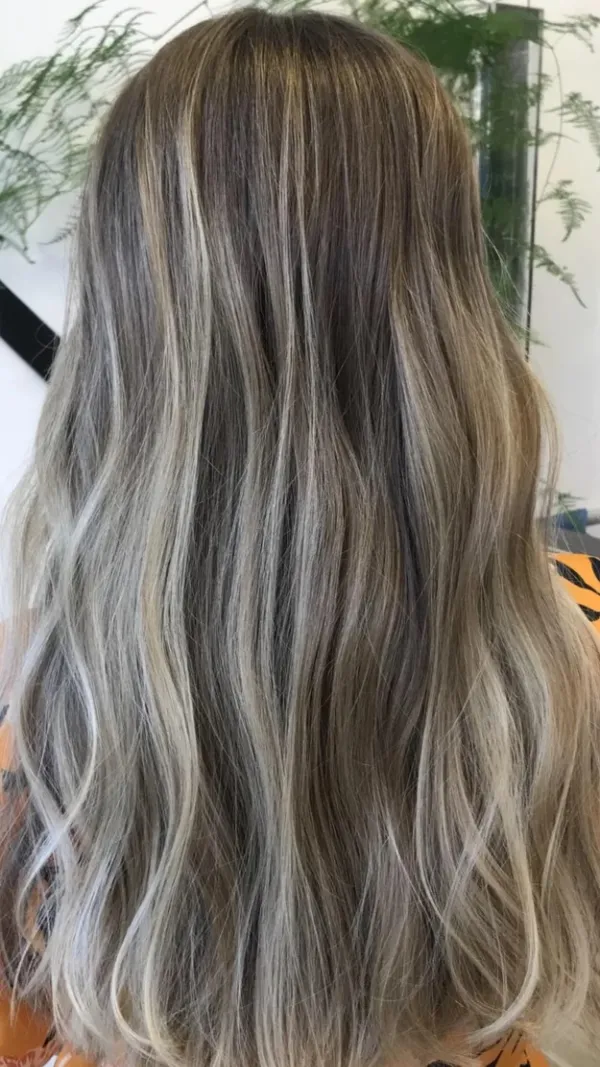
Wavy Hair
Type 2A to 2C is wavy hair. Type 2A has soft loose waves that may fall flat out, whereas Type 2C has thicker, frizzier waves. Dry hair prone to frizz is wavy hair. You do need to be gentle with it, though, especially when detangling, to keep wave definition.
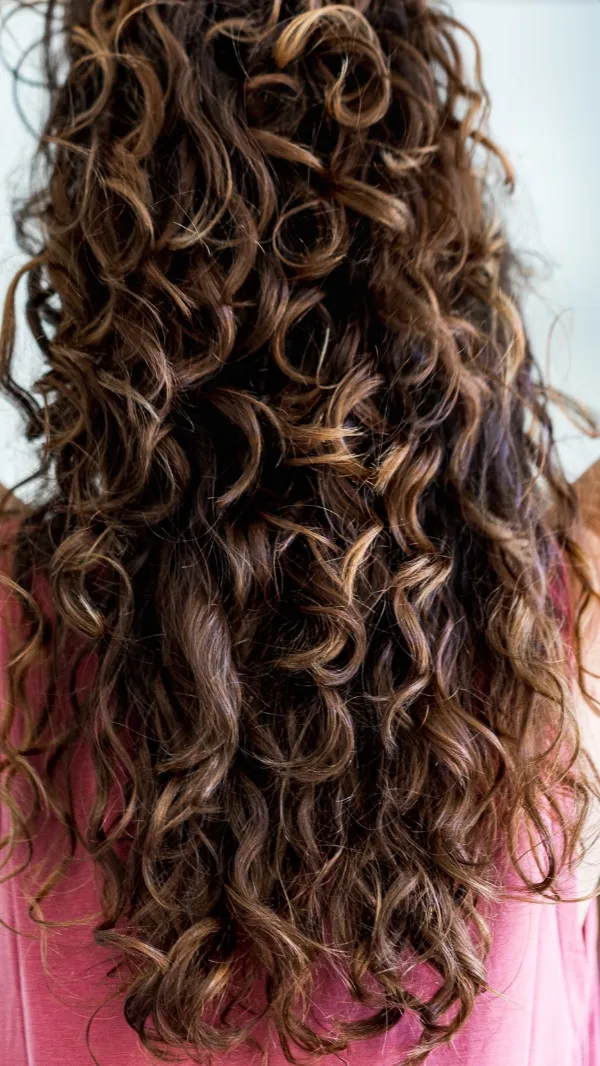
Coily/Kinky Hair
Type 3A–3C is curly hair which forms defined curls or ringlets. Type 3A has loose curls while 3C is tight, dense coils. Dry curls are sensitive and they can easily tangle and frizz. This hair type requires extra moisture and requires a gentle touch when it comes to care.
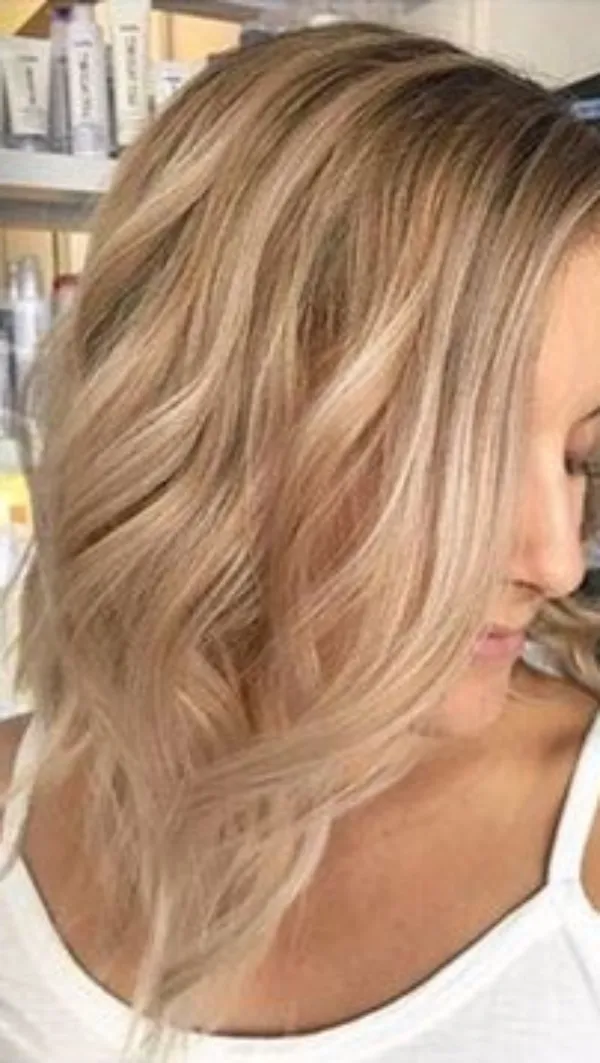
Fine or Thin Hair
Delicate and thin hair is more likely to break. Your combs should be gentle and strong enough to add volume without putting stress on your strands. Wide-gapped combs or those for detangling are the best choice. Do not comb or brush your hair aggressively to maintain its health.
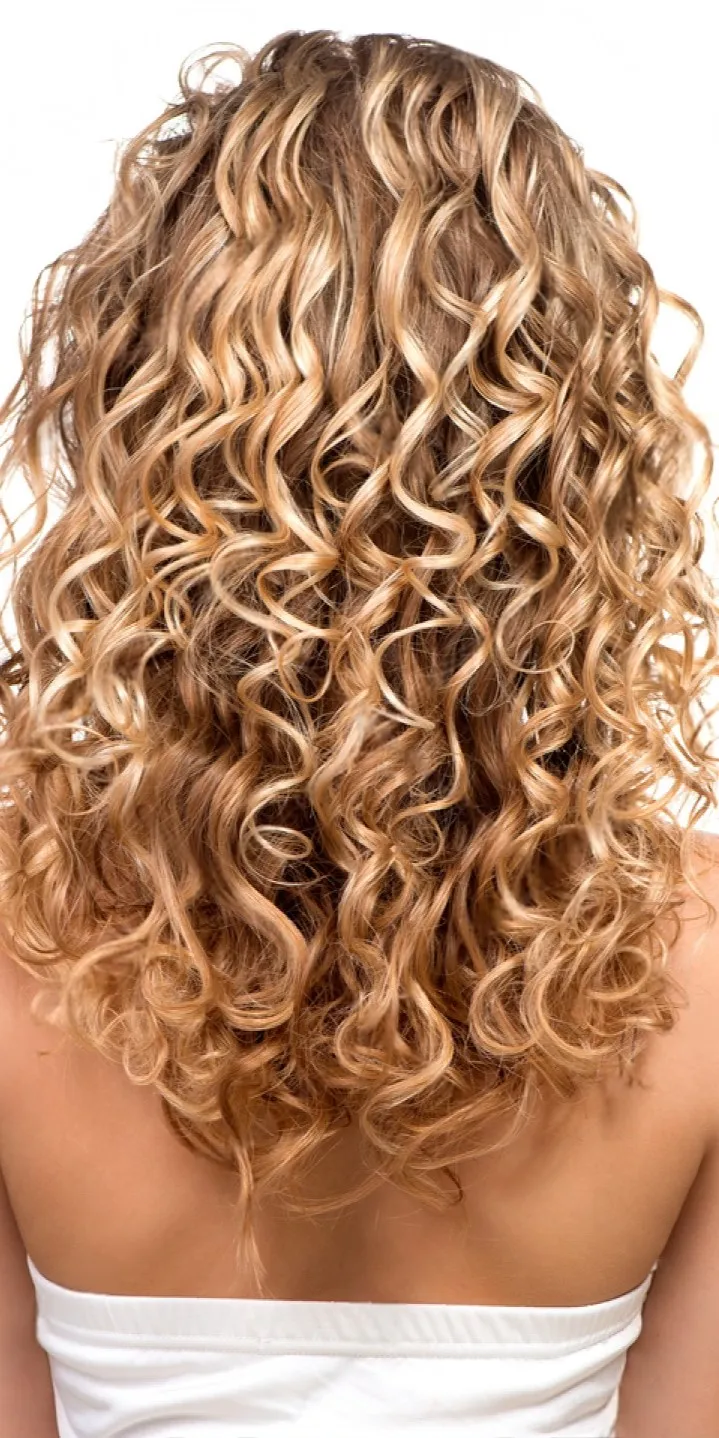
Hair That Is Thick or Coarse
If your hair is thick or rough, use a strong comb with strong teeth to manage the density. These combs are used to manage and style your hair easily. Try to purchase wide-tooth combs that are durable and won’t pull or tear your hair.
How to Match the Right Comb to Your Hair Type
Wide-Tooth Comb
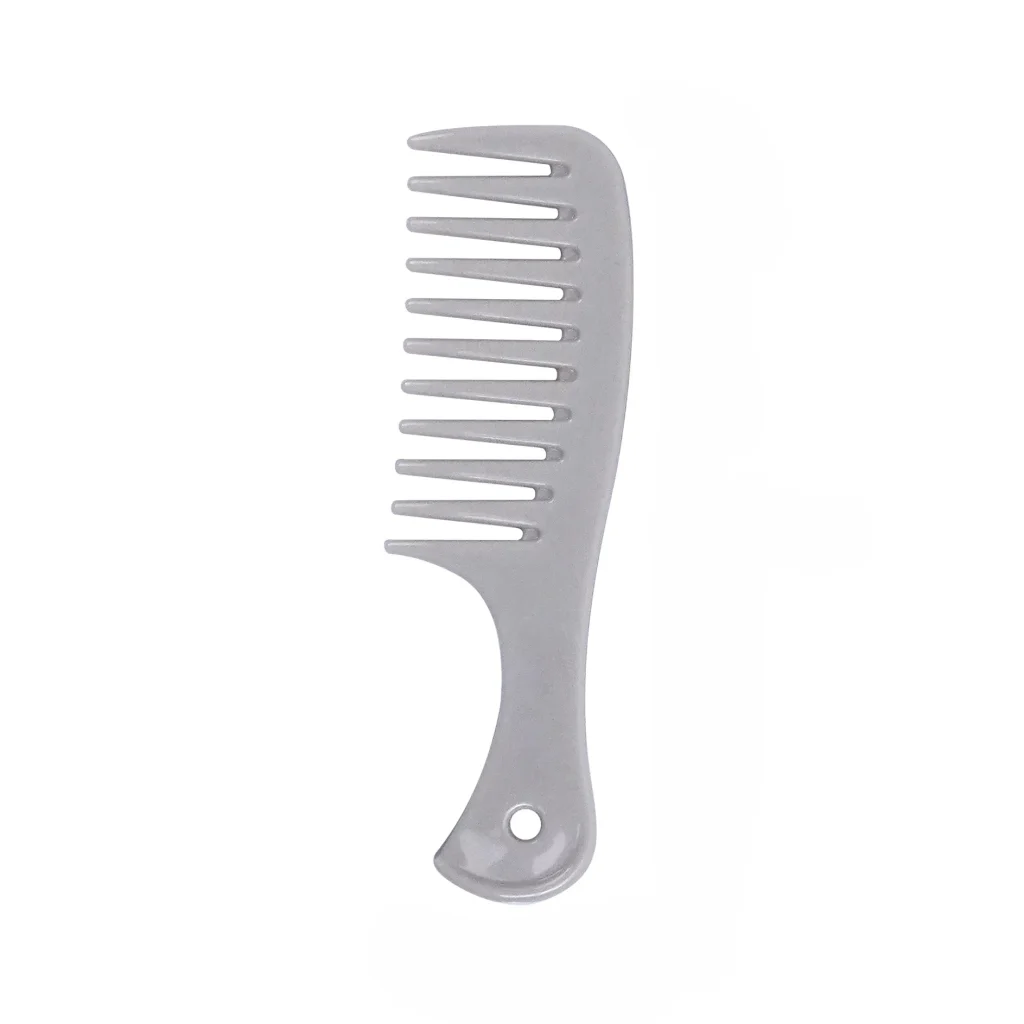
The wide tooth comb has large, spaced out teeth and is usually made of plastic or silicone. If you have curly, coily or wet hair, you’ll find it most helpful. It goes through strands without any breakage, particularly when you have fragile hair from moisture. It can be used in the shower to spread conditioner or detangle without much stress. If your hair is fine or thin, this comb might not offer you the control you need, however.
Paddle Brush
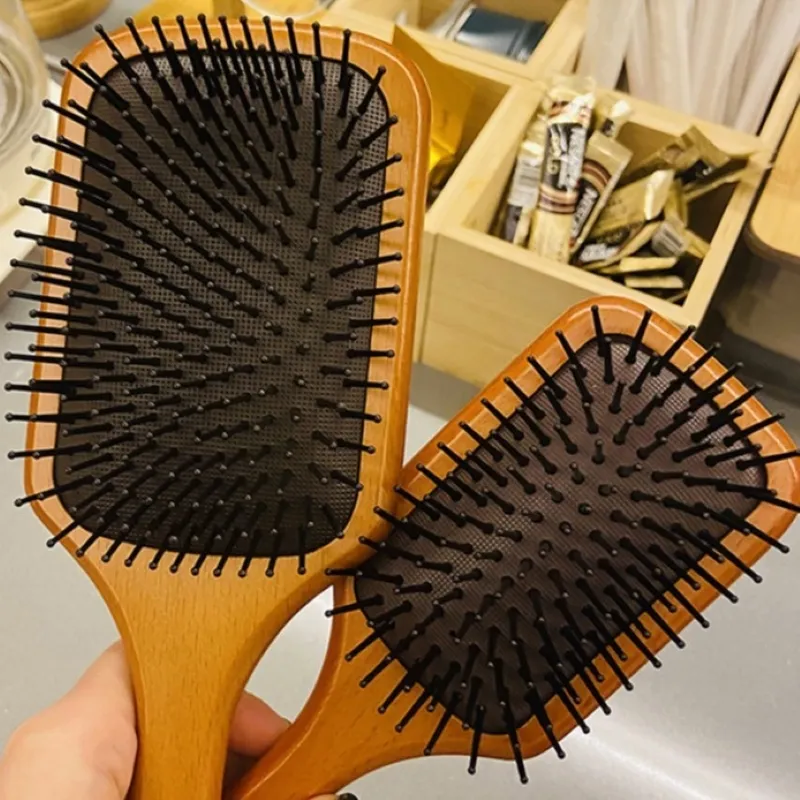
A paddle brush is wide and flat and is sometimes cushioned. The ideal hair type is medium to long straight or wavy hair. It can be used to smooth your hair, remove static and prep for heat styling. It also helps flatten frizz and provide a sleek finish. Just beware though, if you’re not careful and pull too hard or use it too aggressively it may pull or break.
Pin Brush
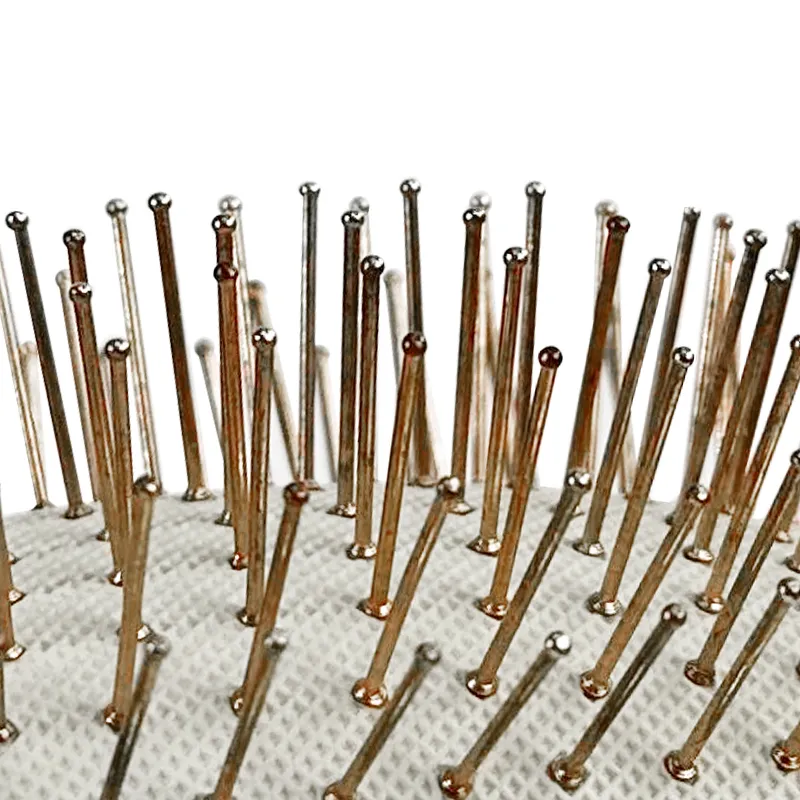
Long metal or plastic pins, often with rounded balls at the end, make up a pin brush. This brush is a great choice if you have thick, curly or long hair and you are looking for a brush that help you to detangle gently without being too harsh on the hair. With this brush you will see less hair loss and fewer snags. Just make sure your pins have smooth, rounded tips. They can scratch your scalp or even tear your strands if they don’t.
Boar Bristle Brush

This brush is made from natural boar hair, densely packed and good for fine to medium straight or wavy hair. It also spreads your scalp’s natural oils from root to tip when you use it, leaving your hair shiny and healthy. Polishing your look is great. If your hair is thick or very curly, this brush may not be strong enough to detangle.
Quill Brush

The quill brush has boar bristles and nylon pins together for the best of both worlds. You’ll enjoy the oil distributing power of natural bristles and the detangling strength of nylon. It’s a good option for almost any hair type. If you wear both sleek and textured styles, you’ll find it particularly helpful. Finally, quality matters here — cheap versions can break, so always check the bristle build before purchasing.
Detangling Brush
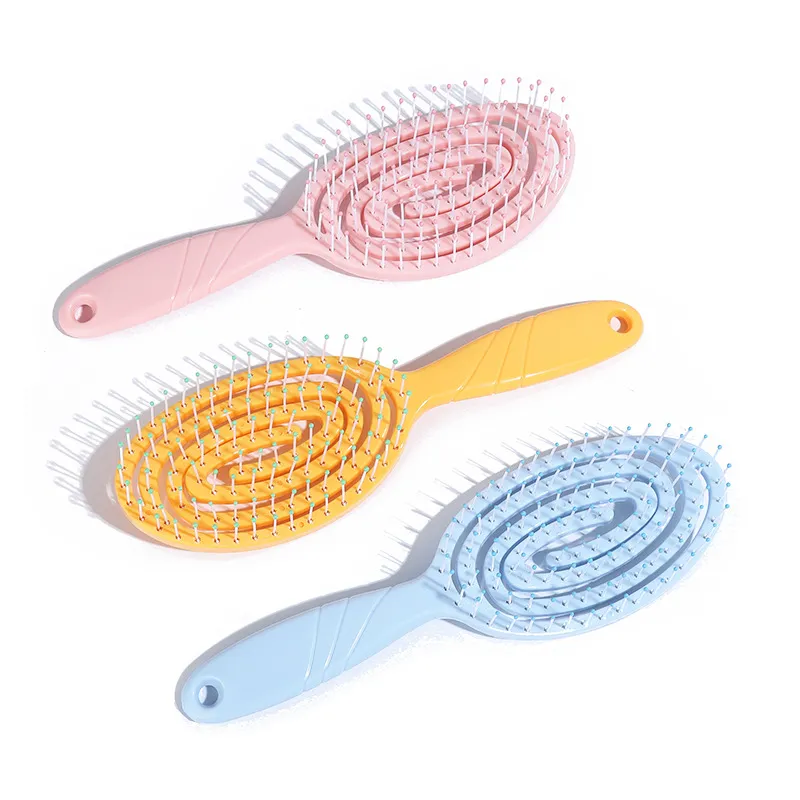
The bristles of a detangling brush are soft, flexible and set in an ergonomic shape. If you have a sensitive scalp, curly or wavy hair or just want a gentle touch, you’ll want to reach for it. It’s great for kids, too. It works well on wet or dry hair and doesn’t pull like some of the others. Remember, not all detangling brushes are heat resistant, so make sure no need to use a blow dryer unless it’s specified.
Fine Tooth Comb (Normal Comb)
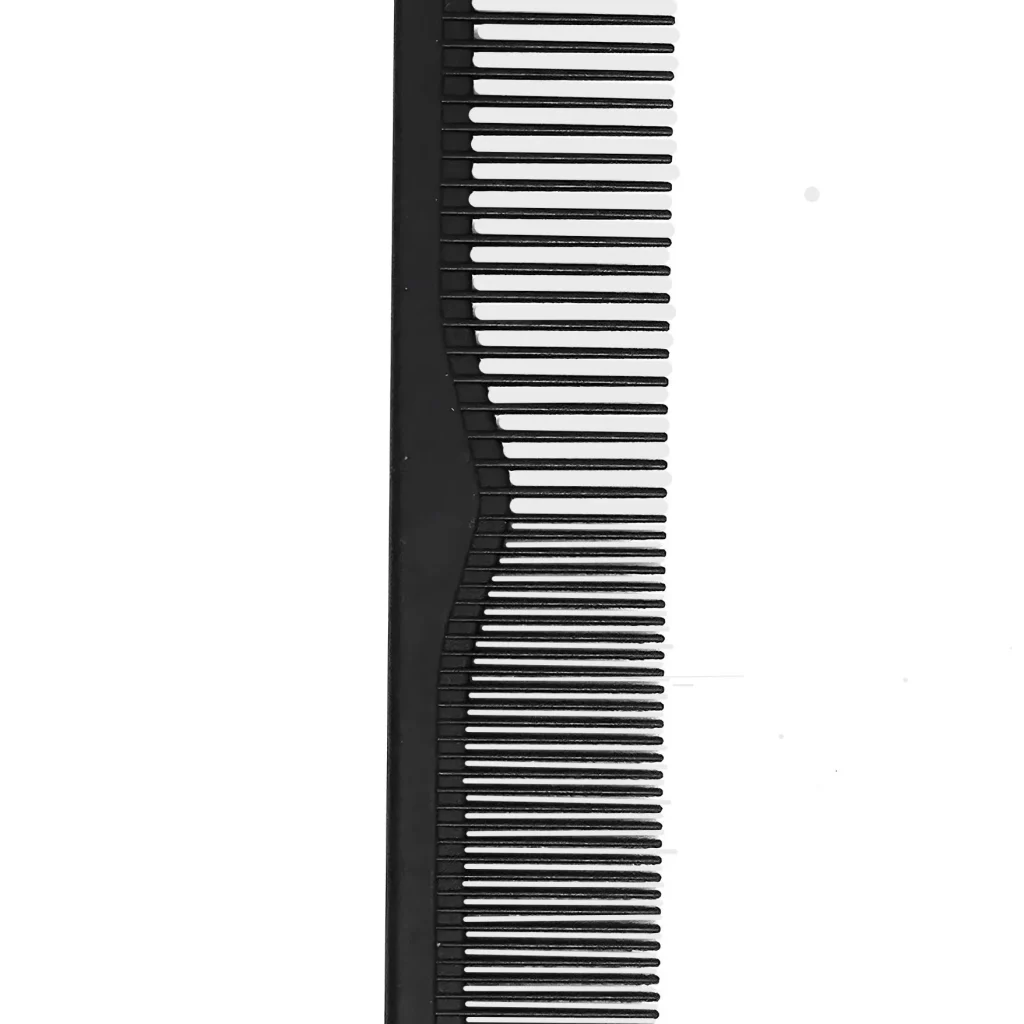
This is your classic comb with lots of small, close together teeth, one you’ll often see for precision styling. If you have fine or thin straight hair, it’s great for smoothing and light shaping. It fits in your bag for a quick touch up. But it’s not the right tool for detangling thick, curly hair — especially when wet — as it can lead to snapping or damage.
Factors to Consider When Choosing a Comb
- Hair Texture: Combs with wider spacing are ideal for people with thick or dense hair. Fine or thin hair benefits from fine tooth combs. How your hair reacts to combing also depends on porosity.
- Hair Condition: If you have damaged or color treated hair you will need to be more gentle. Avoid breakage by using flexible, smooth edged combs. Most combs will work if your hair’s healthy, but choose based on texture.
- Wet vs Dry Hair Use: If your hair is wet, use a wide-tooth comb or detangling brush. Fine tooth combs on wet hair are pulling and snapping.
- Scalp sensitivity: If your scalp is sensitive, go for combs with soft bristles or with cushioned bases. These help to reduce irritation and make you feel more comfortable.
- Styling Purpose: wide-tooth combs for detangling, paddle brushes for smoothing, rat-tail combs for parting, round brushes for volume. Pick your tools based on your goal.
How to Test a Comb Before Use
To avoid long term hair damage, before using any new comb you need to test it properly. Testing allows you to check to see if it works with your hair type and texture. If you are unsure, do it first on a wig or a doll with tangled synthetic hair. It allows you to check performance without breaking. As you move, look for a smooth glide that doesn’t pull or snap. Check that the teeth or bristles feel firm, but flexible. There should be little to no static and very little shedding. If the comb catches or the feel is harsh, it’s not a right fit for your hair.
Common Mistakes to Avoid
- Combing wet hair with wrong comb: Wet hair is fragile. Using a fine tooth comb can break the hair. However, a wide tooth comb or a detangling brush should be used in order to gently work through the tangles without snapping strands.
- Ignoring hair texture and density: Thick and curly hair works best with a comb. If your hair is thick or curly, don’t use a comb made for fine hair. To prevent damage you need tools that match your unique texture.
- Skipping the cleaning of combs and brushes: Dirty tools keep oils, dirt and bacteria. Cleaning your hair regularly can keep your scalp from becoming irritated and keep your hair smelling fresh.
- Using broken or damaged combs: Broken teeth or rough edges could snag and tear your hair. You should replace combs that have become damaged.
- Overbrushing or rough detangling: Split ends and hair loss are caused by overbrushing or rough detangling. Be gentle and work from the ends up through the roots.
Expert Tips for Healthy Combing Practices
- You should always begin detangling from the ends and work your way up. Using this method prevents unnecessary breakage and pain.
- Always use a leave in conditioner before combing. It gives your hair slip which makes detangling easier and decreases friction.
- Don’t brush too much. To keep your hair healthy without doing damage, combing once or twice a day is enough.
- Always keep two combs, one for wet hair and the other for dry hair. Hair that is wet is more fragile and should be treated gently with a wide tooth comb.
- Always use heat resistant combs when blow drying. It protects your hair and the comb from heat damage.
Conclusion
When it comes to protecting your hair’s health and enhancing its natural beauty, you need to choose the right comb. Matching your comb to your hair type and condition will prevent breakage, reduce tangling and increase manageability. Whenever you get a new comb, always test it out gently before regular use and pay attention to your hair’s own individual needs. Regular care and the right tools will keep your hair strong, shiny and easy to work with. Please note, the right comb is more than a tool; it’s an essential part of your daily hair care routine.


